I recently purchased the book 'Code' which, for those who don't know, is an insight into how computers work on the hardware level - going down to basic components and how various parts of a computer are structured in terms of logic gates and I/O signals.
It has inspired me to make a simple 8 bit computer myself. I will probably use CMOS ICs for more complex components (such as RAM), however stuff such as the clock and accumulators etc I am planning on making entirely out of transistors.
I understand that NPNs are the way to go with logic gates, however I don't really understand what type of NPN to buy and what resistor to use for the base. From articles I've read it seems to be 1K resistor however I don't not know what transistors they use.
If someone could give me an idea on what kind of transistor to use it would greatly be appreciated.
Thanks :)
Adam
EDIT: I am planning on using a 5V power supply, I don't know what amperage however, so if someone could give me guidance on that as well :) (I think it should be a 2A form what I've read)
